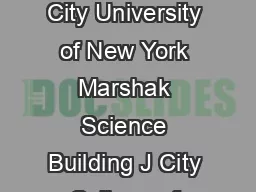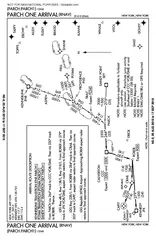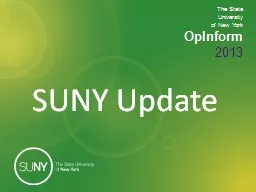PPT-1 YORK UNIVERSITY
Author : lindy-dunigan | Published Date : 2016-05-15
Department of Biology Faculty of Science and Engineering Course outline Human Molecular Genetics SCBIOL 4285 30 W2015 Prerequisite SCBIOL 3130 2 Instructor Dr
Presentation Embed Code
Download Presentation
Download Presentation The PPT/PDF document "1 YORK UNIVERSITY" is the property of its rightful owner. Permission is granted to download and print the materials on this website for personal, non-commercial use only, and to display it on your personal computer provided you do not modify the materials and that you retain all copyright notices contained in the materials. By downloading content from our website, you accept the terms of this agreement.
1 YORK UNIVERSITY: Transcript
Download Rules Of Document
"1 YORK UNIVERSITY"The content belongs to its owner. You may download and print it for personal use, without modification, and keep all copyright notices. By downloading, you agree to these terms.
Related Documents














